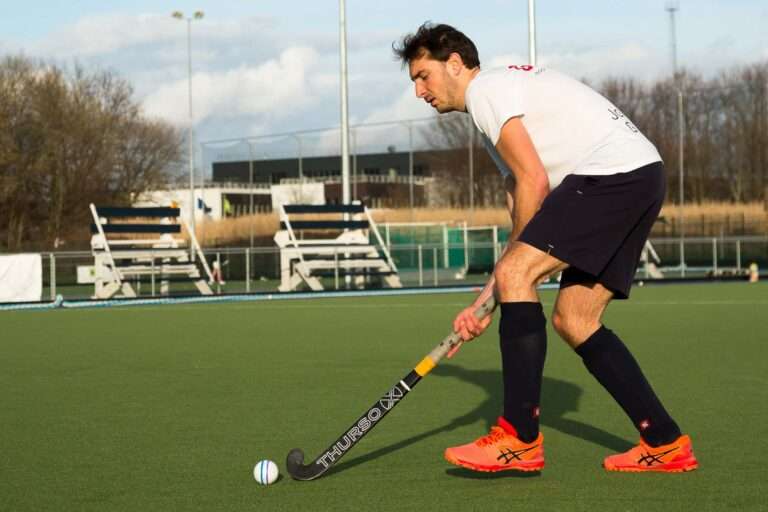
The Flick
The flick is an aerial pass movement. Depending on technical mastery and strength, it can cover short, medium and long distances.
Browse through our various tips, information, and learnings about the world of hockey. Whether you are a player, a coach or a club, be inspired by our articles and expand your personal knowledge.

The flick is an aerial pass movement. Depending on technical mastery and strength, it can cover short, medium and long distances.
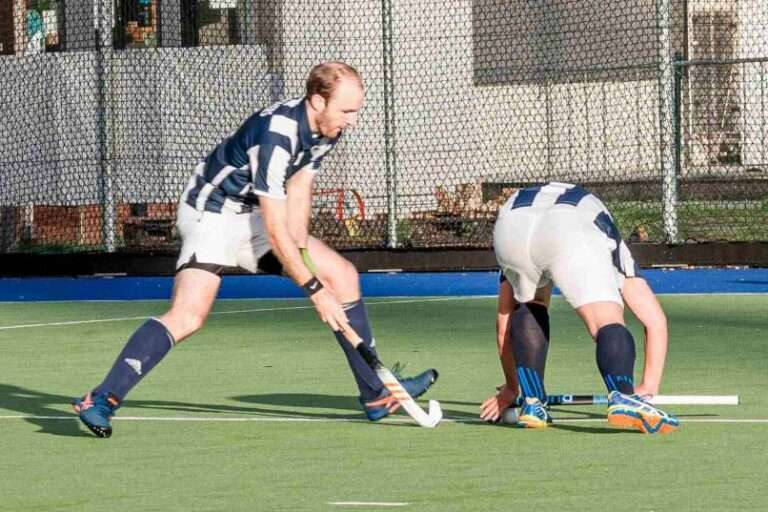
The Sleep (or Dragflick), is a shot on goal movement similar to the push. It is notably used on the Penalty Corner (PC) phases. It can also be used as a pass.
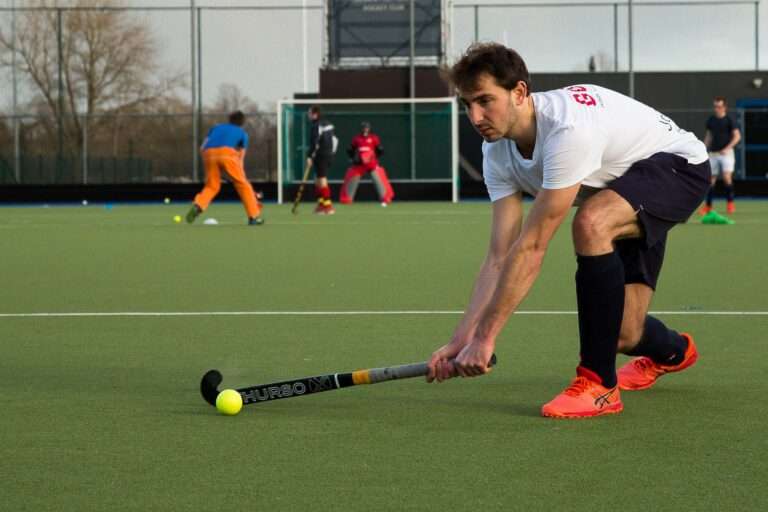
The Flat is a passing movement designed to cover medium and long distances with great precision. It consists of a large, low motion to hit the ball.
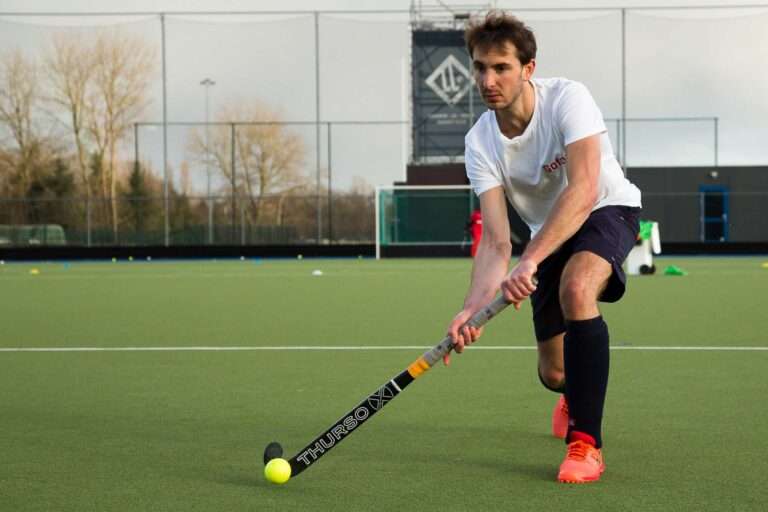
The push consists of pushing the ball to make a pass or score on goal. It is the most common movement for short and medium distances, in all game contexts.
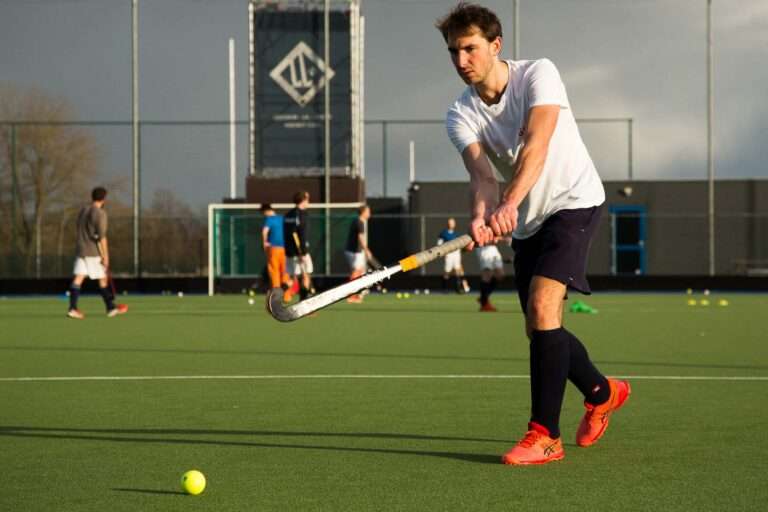
The hit is an offensive movement designed to score on goal. With experience, it can also be used as a passing technique.
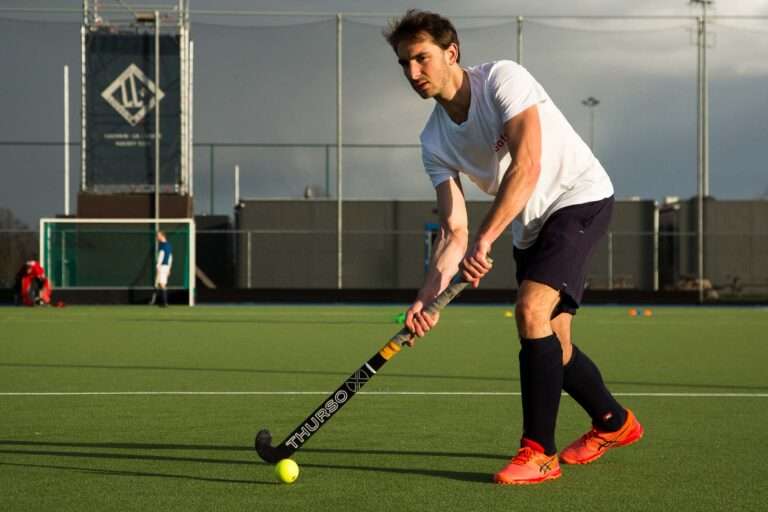
Slapshot is a striking movement that uses the push technique, but hitting the ball
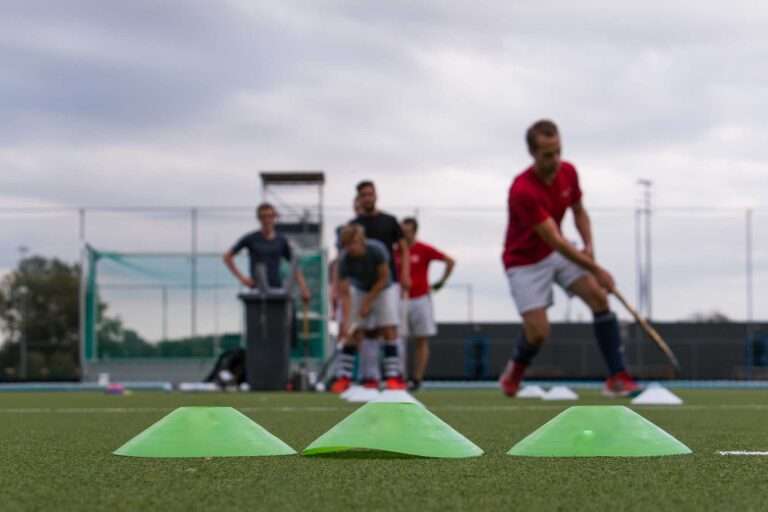
Blocktackle is a defence technique. It consists of putting the stick on the ground to “pick up” the opponent’s ball. Precision in defense timing is important for good execution.
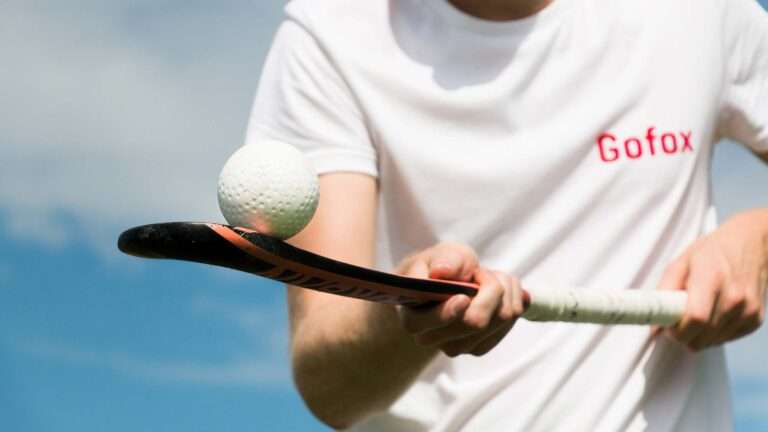
It is important for trainers to be exemplary role models for the players in their clubs. To do so, we have compiled a list of 10 golden rules to becoming a dedicated trainer!

It is important to keep a similar structure for all the training sessions of the season. At Gofox we prefer a simple structure composed of a warm-up, the training body (several exercises), and an end of training (endgame).
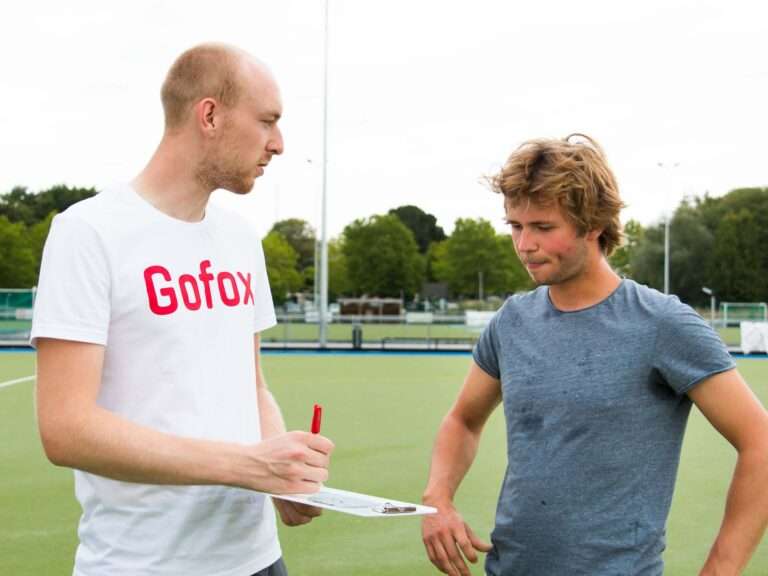
The explanation of an exercise is an important point above all for the players. It should include several parts such as the link with the match, the explanation, and the example. The explanation should be short and precise to allow the players to quickly get started with the exercise.
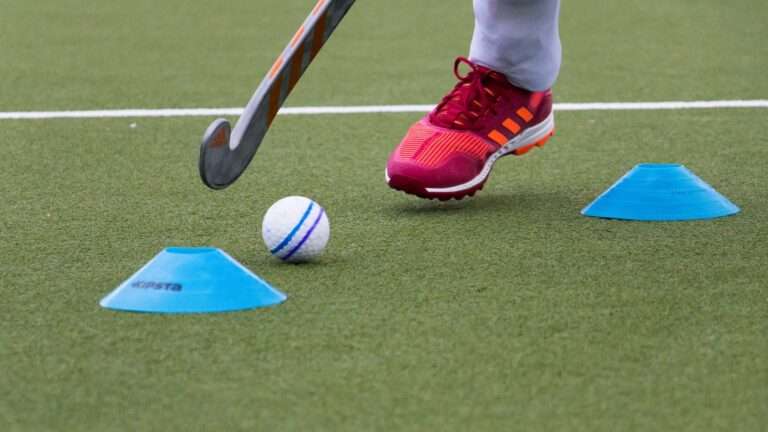
It is important to make the exercise understandable in the field to help the players understand the elements being worked on and not to focus them on how the exercise works.
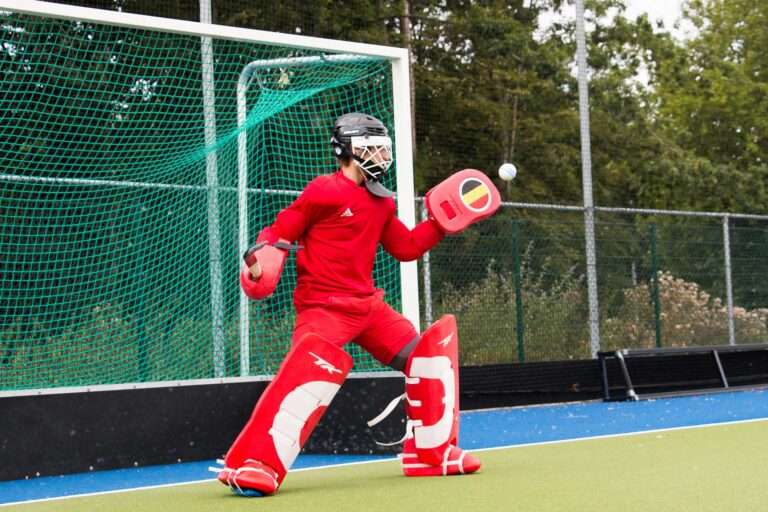
Training management covers a large number of aspects and has a great impact on the quality of training.
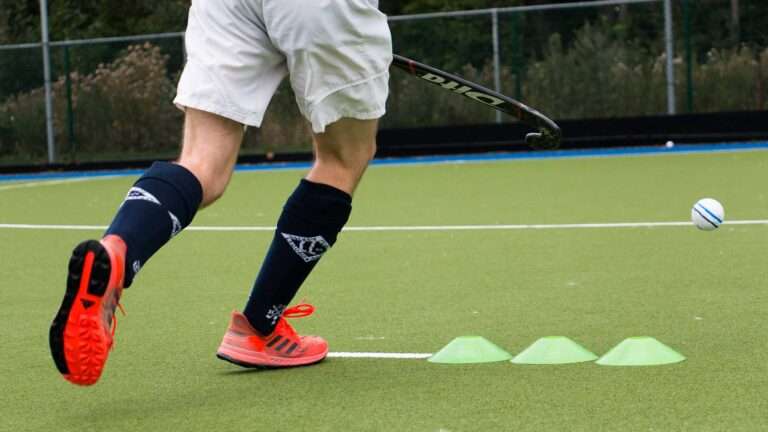
Many minutes of training are wasted picking up cones, balls, etc. and then putting them back for the next exercise.
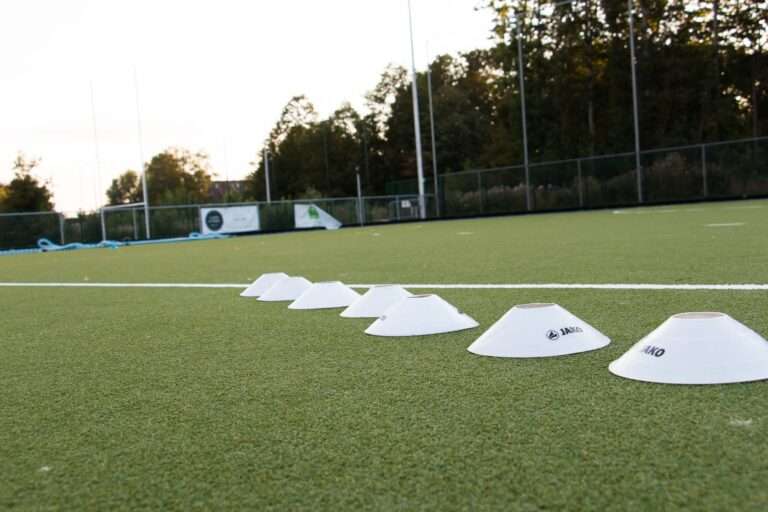
Preparing your training ahead of time is important to optimize its duration and allow players to get the most out of it on the field.
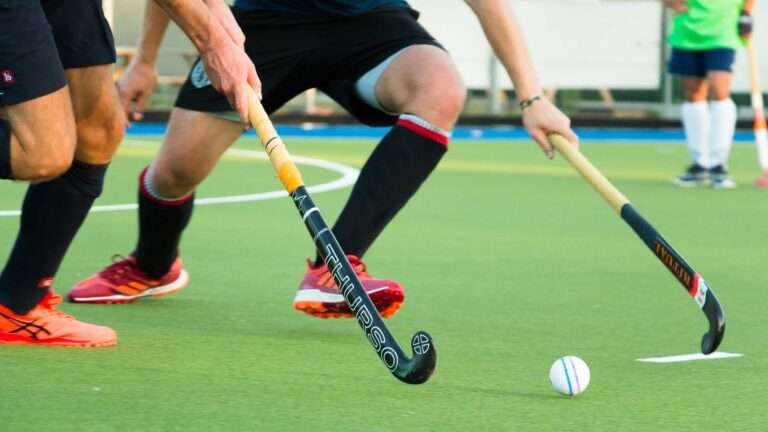
There are 5 types of grips: the Basic Grip, the Double V Grip, the One Handed Grip, the Open Face Grip, and the Pancake Grip.
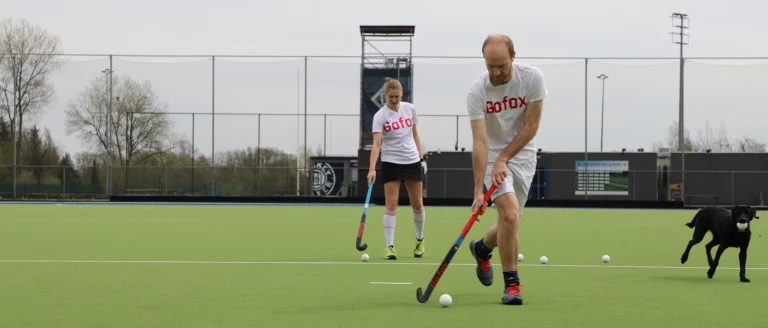
The size of the hockey sticks can be divided into two categories, for children and for adults. For children the size will be between 24″ and 36.5″, for adults it will be above 36.5″. Choosing the right stick size is important because the wrong one can affect the player’s body!
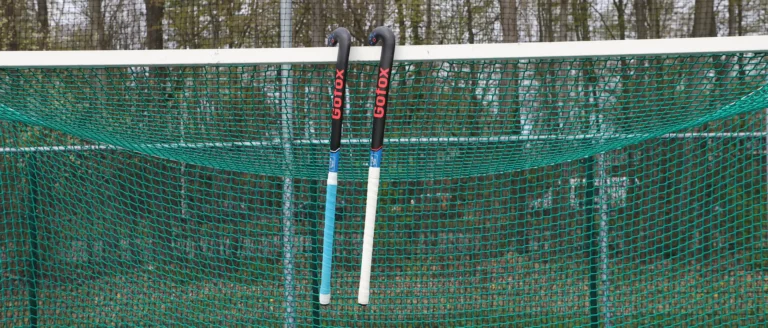
Choosing the right field hockey stick can become a real headache for people with less experience. That’s why we’ve decided to help you by explaining the different characteristics to take into account when choosing a new stick.
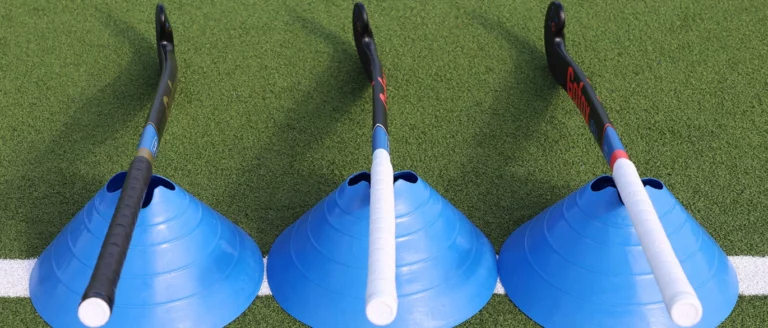
In field hockey, all sticks (for children, teenagers, and adults) have an inward bow. This bow of the stick is usually between 16 and 25 millimeters (mm) and is calculated from the bottom of the stick to the point where the bow is maximum. When buying a new stick, the bow is an important choice to consider!

It is important for trainers to be exemplary role models for the players in their clubs. To do so, we have compiled a list of 10 golden rules to becoming a dedicated trainer!

It is important to keep a similar structure for all the training sessions of the season. At Gofox we prefer a simple structure composed of a warm-up, the training body (several exercises), and an end of training (endgame).

The explanation of an exercise is an important point above all for the players. It should include several parts such as the link with the match, the explanation, and the example. The explanation should be short and precise to allow the players to quickly get started with the exercise.

It is important to make the exercise understandable in the field to help the players understand the elements being worked on and not to focus them on how the exercise works.

Training management covers a large number of aspects and has a great impact on the quality of training.

Many minutes of training are wasted picking up cones, balls, etc. and then putting them back for the next exercise.

Preparing your training ahead of time is important to optimize its duration and allow players to get the most out of it on the field.

There are 5 types of grips: the Basic Grip, the Double V Grip, the One Handed Grip, the Open Face Grip, and the Pancake Grip.

In field hockey, all sticks (for children, teenagers, and adults) have an inward bow. This bow of the stick is usually between 16 and 25 millimeters (mm) and is calculated from the bottom of the stick to the point where the bow is maximum. When buying a new stick, the bow is an important choice to consider!

The flick is an aerial pass movement. Depending on technical mastery and strength, it can cover short, medium and long distances.

The Sleep (or Dragflick), is a shot on goal movement similar to the push. It is notably used on the Penalty Corner (PC) phases. It can also be used as a pass.

The Flat is a passing movement designed to cover medium and long distances with great precision. It consists of a large, low motion to hit the ball.

The push consists of pushing the ball to make a pass or score on goal. It is the most common movement for short and medium distances, in all game contexts.

The hit is an offensive movement designed to score on goal. With experience, it can also be used as a passing technique.

Slapshot is a striking movement that uses the push technique, but hitting the ball

Blocktackle is a defence technique. It consists of putting the stick on the ground to “pick up” the opponent’s ball. Precision in defense timing is important for good execution.

There are 5 types of grips: the Basic Grip, the Double V Grip, the One Handed Grip, the Open Face Grip, and the Pancake Grip.

In field hockey, all sticks (for children, teenagers, and adults) have an inward bow. This bow of the stick is usually between 16 and 25 millimeters (mm) and is calculated from the bottom of the stick to the point where the bow is maximum. When buying a new stick, the bow is an important choice to consider!

It is important for trainers to be exemplary role models for the players in their clubs. To do so, we have compiled a list of 10 golden rules to becoming a dedicated trainer!

It is important to keep a similar structure for all the training sessions of the season. At Gofox we prefer a simple structure composed of a warm-up, the training body (several exercises), and an end of training (endgame).

The explanation of an exercise is an important point above all for the players. It should include several parts such as the link with the match, the explanation, and the example. The explanation should be short and precise to allow the players to quickly get started with the exercise.

It is important to make the exercise understandable in the field to help the players understand the elements being worked on and not to focus them on how the exercise works.

Many minutes of training are wasted picking up cones, balls, etc. and then putting them back for the next exercise.

Preparing your training ahead of time is important to optimize its duration and allow players to get the most out of it on the field.
© Copyright 2021 Gofox – All rights reserved
Made by Radu Web Design
This website uses cookies.
They help us personalise content, provide social media features and analyse our web traffic. More information